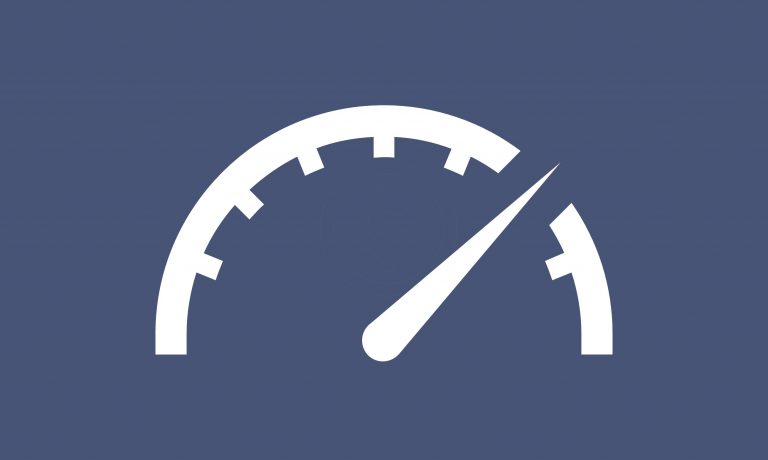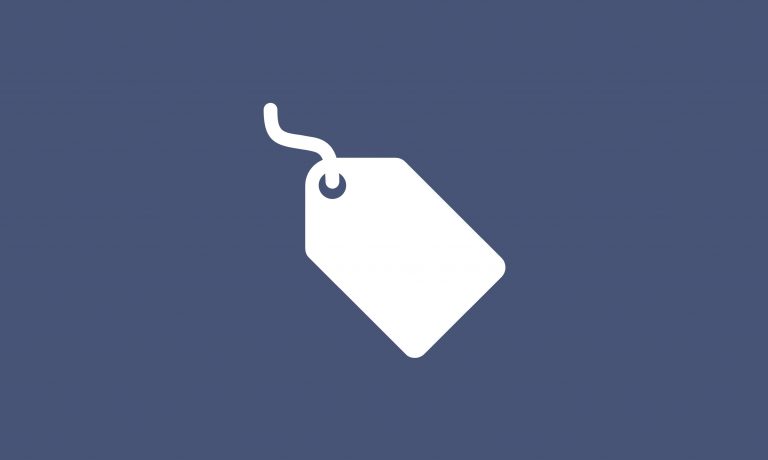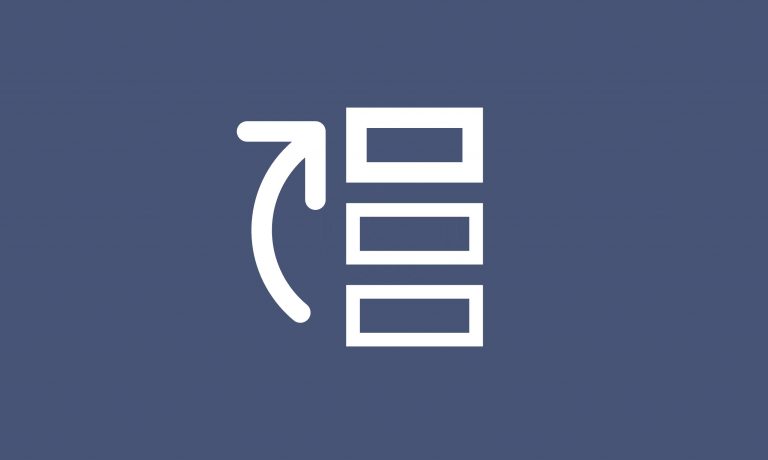We have been hired on several occasions to establish prices for new products and many other times to determine pricing strategies, customer segmentation, and product line pricing. But in the vast majority of our projects, we had the opportunity to determine the discount policy that a company’s sales department could use.
Immediate profit increase
For many companies, the pursuit of market share growth or the achievement of short-term goals favors flexibility in granting discounts, especially for large volumes (but not necessarily only for large volumes). I believe that a lack of a structured and monitored discount policy causes many companies to lose out on a lot of money, hindering commercial managers with their decisions to reduce prices.
How profit disappears during negotiation
Sales departments are often pressured by large customers’ buyers, who are now professionals prepared to negotiate, to lower prices, increase bonuses, parcel payments, grant more products for the same previously agreed price for the whole order, and face much more aggressive commercial proposals (sometimes non-existent) from the competition. With this level of competence and information available to buyers, as well as the evident bargaining power of being a large customer, I often say that the dispute is a struggle between David and Goliath.
How to avoid margin loss in large negotiations
In most large companies where we have developed pricing solutions in recent years, very few had monitoring of discounts practiced compared to what was established in their commercial policies. Some of these companies did not even have a clear commercial policy determining maximum discount levels for each customer segment, purchase volume, or even distribution channel. Through a pricing management area, a company can answer some questions such as:
- What is the discount applied to similar billing orders in the same customer segment?
- Which regions, salespeople, or channels are receiving higher discounts over time?
- How much does the discount increase as we approach the end of the month or quarter?
- Are the discounts being applied within what was established or is there a large volume being sold at a higher discount? (>20%)
- How much money was not captured if the average discounts applied could be reduced by 1%?
With some of this information, companies can establish more accurate and aligned discount policies with their strategies. Simply allowing the commercial area to passively respond to pressures from large customers falls far short of best pricing management practices.
Results
Reducing unnecessary discounts can quickly and significantly affect profitability. By proactively managing discounts, a company can leverage results and more fairly and transparently control the prices offered to its large customers. In addition, by tracking discount levels over time, a company can determine opportunities for increasing list prices in the market. It is noticeable when a product is not very competitive in its segments, as larger discounts are necessary to maintain sales volume. On the other hand, a company that monitors its discounts offered may notice that after increases in list prices, these discounts remain and volumes do not undergo major fluctuations, which probably indicates that there is room for even greater price increases.
In conclusion, managing discounts offered, in many situations, can be more profitable than any other pricing action.


